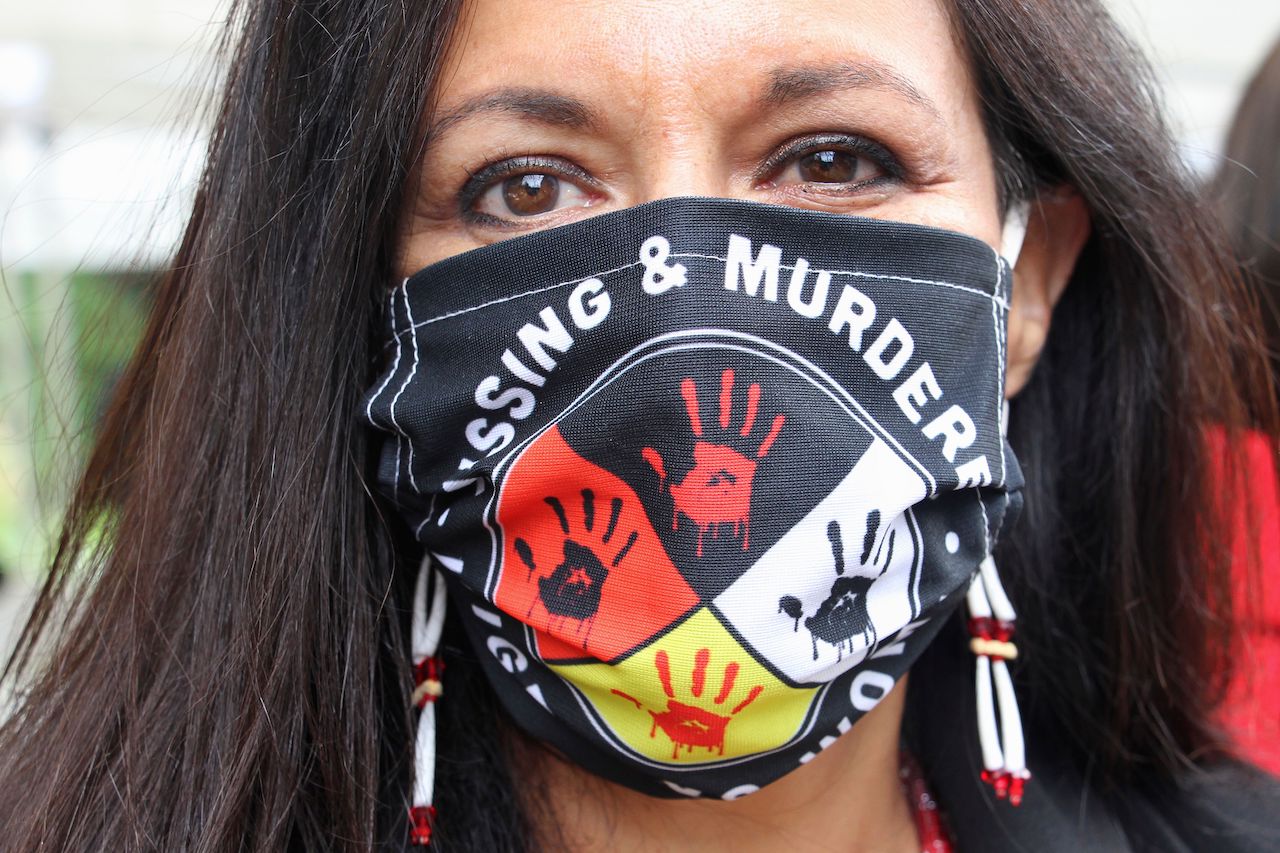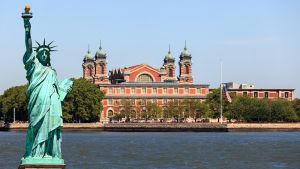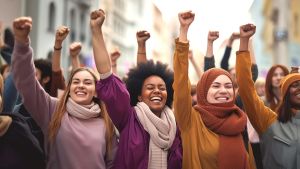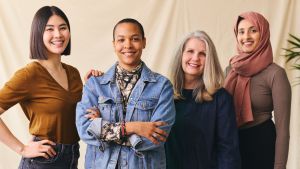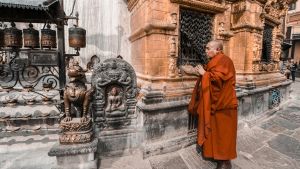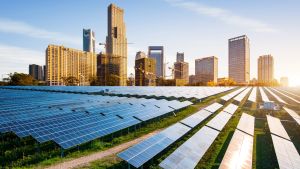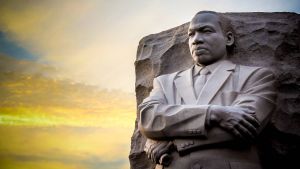Some of the challenges Indigenous Peoples face — like derogatory sports mascots and natural resource exploitation — have made the headlines lately, but many remain underreported. These problems are connected to a host of other crises that challenge Native communities, many due to ongoing racism and a desire to erase these resilient groups that has spanned generations. As we mark the continuing observance of Native American Heritage Month this November, here’s a rundown of some of the most pressing issues that Indigenous communities face in the U.S., including links to resources that further discuss ways to aid in solving these problems.
Must Read: The History of Indigenous People’s Day and Where it Stands Today
Lack of resources are leading to poverty and unemployment.
In the U.S., 1 in 3 Native Americans are living in poverty, with the average individual earning a median income of just $23,000 a year. Unemployment is also skyrocketing within Indigenous populations; in 2019, the Bureau of Labor Statistics found that American Indian and Alaska Native people faced an average unemployment rate of 6.6%, compared to the national average of 3.9%. COVID-19 has only made that figure worse with thousands of additional jobs being lost over the course of 2020, especially among Indigenous women.

